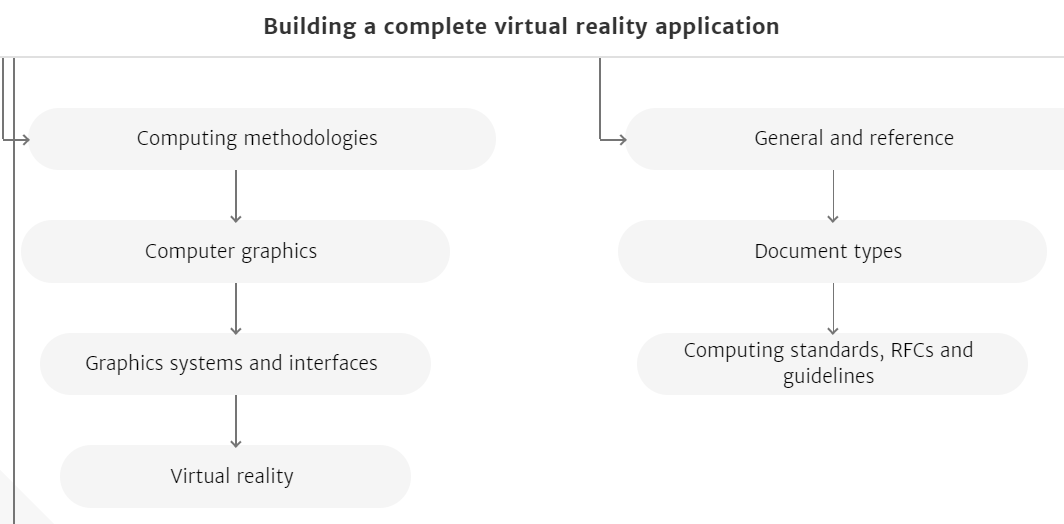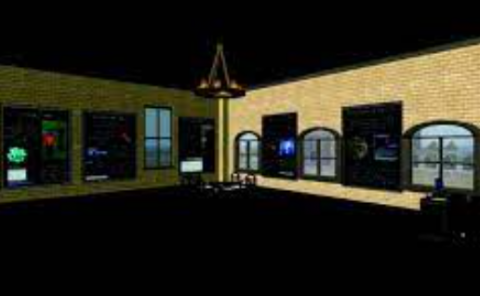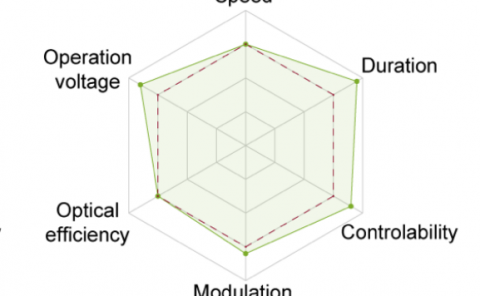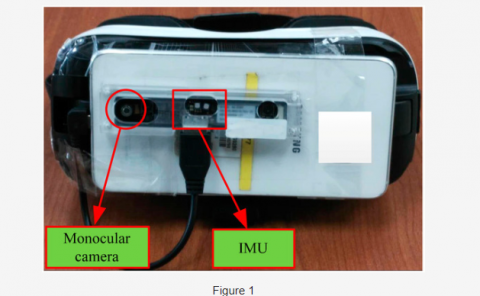Building a complete virtual reality application
PubDate: November 2006
Teams: Scuola Superiore S.Anna
Writers: Franco Tecchia
PDF: Building a complete virtual reality application

Abstract
The development of a complete Virtual Reality application is a complex activity that requires good knowledge of several time-critical tasks: Computer Graphics, real-time Physics, Haptics and network programming are examples of the components needing to coexist in a modern Virtual Reality system.Each of these building blocks constitutes a research field on its own and a vast literature exists on techniques and algorithms useful to address specific problems; still, from a more high level perspective, only through tight integration and balanced design can a complex framework achieve optimal performances.Having to address such a range of integration issues, the development of a Virtual Reality application can in practice turn out to be a very lengthy and difficult process, where fundamental design choices and their implications should be carefully considered. The choice of the right tools is also very important, as common everyday practice shows how difficult is still to put together a successful and robust system.This tutorial aims at giving an overview of what are the main components involved in the task, how they should interact, and what are the inherent difficulties to place everything together.The tutorial is divided in two parts: The second part will introduce a real-life and recent example of integrated framework, to be used as a reference and base of discussion for the design of the next generation of integrated development environment and their applications.



